The Untold Truth Of Jack In The Box: Since 1948, Jack in the Box has been a fast-food company that serves American food. It began as a small burger stand in San Diego, California, in 1951.
Since then, it has grown into a company with more than 2,200 locations nationwide.
Jack in the Box is known for its menu items of burgers, tacos, fries, and shakes, and its fans love how cheap, easy, and tasty the food is.
But how well do you know Jack in the Box? Behind the burgers and tacos, this fast-food giant has a story that hasn’t been told.
In this article, we’ll tell you the truth about Jack in the Box and some surprising facts you may not have heard before.
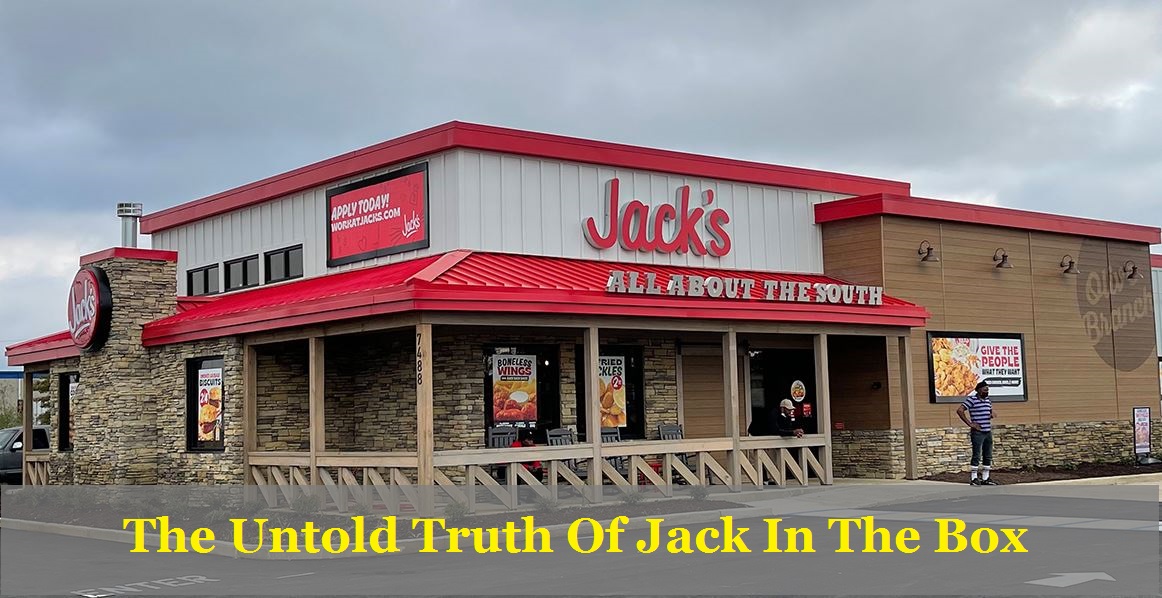
The weirdly popular tacos go way back
In addition to their famous burgers, burger joints are often known for something else. For example, Wendy’s has Frosty, and McDonald’s is known for its fries.
The tacos at Jack in the Box get a lot of attention, whether people like them or not. They have been on the menu since the 1950s. They weren’t on the menu when Jack in the Box opened in 1951 but were added soon after.
Even though they’ve been called “disgusting and perfect” and “a wet envelope of cat food,” Jack in the Box sells 554 million tacos yearly.
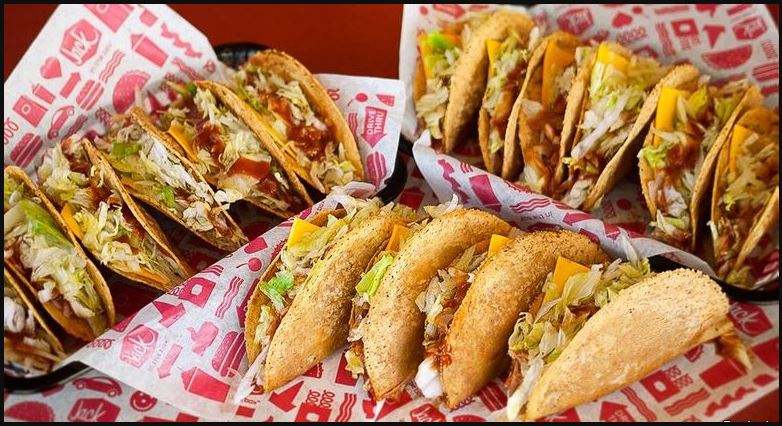
The restaurant fries the tortilla with the meat inside, then adds hot sauce, lettuce, and a slice of American cheese. We did say “a slice.” Every part of Jack in the Box’s strange taco has a patent.
Maybe the price is part of the draw. After all, two of them will only cost you 99 cents. Selena Gomez also likes tacos from Jack in the Box.
While we may not always understand the passion, we definitely wouldn’t turn down some of them right now.
The mascot has a whole made-up life
There are mascots for many fast food chains, but it’s hard to think that they have as much information about their lives as Jack Box does.
Dick Sittig is the person who brought Jack Box back to life in 1994. His advertising business helped bring the restaurant’s mascot to life on and off TV until Jack in the Box switched to a new agency in 2018.
According to his bio, Jack from Jack in the Box is almost 7 feet tall and has an enlarged head gene.

Furthermore, the made-up founder and CEO of the company can speak both English and Spanish, has run for president twice, is married, and has a son. He has also been on some pretty amazing trips.
At this point, we’re not sure how jealous we should be of Jack Box. He has more than a million Facebook likes, after all.
It seems like Jack’s fake life has been a lot more fun than our real lives, and now that we think about it, we’d instead not think about it.
Jack Box died in 1980
Since the beginning, Jack in the Box has had a clown as its mascot. The first restaurant’s roof had a big jack-in-the-box toy with a clown looking out over the guests.
Print ads from the middle of the 1950s also used the clown figure in a big way. In 1980, the company changed the way they advertised in a big way.
It was decided that the clown had to go so that more adult food could be served. The company ran a TV ad with the new slogan “The food is better at the Box,” in which workers blew up the Jack mascot.
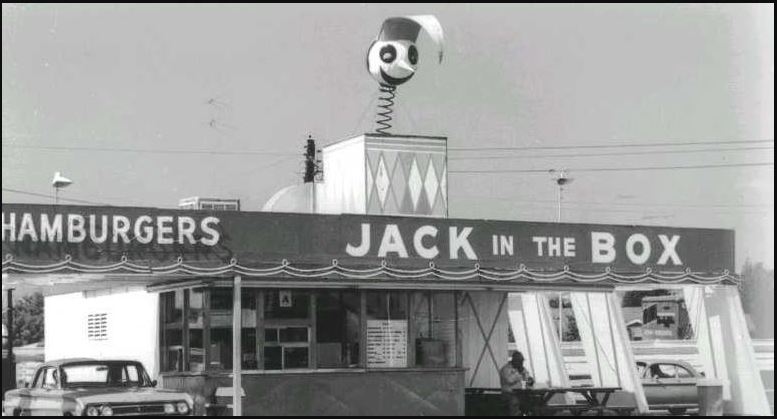
“He’s so cute!” says the sweet old lady, asking them not to blow up the clown. After she tries the new food, she tells the staff to “Waste him!” They were quiet.
So, why did the chain decide to get rid of Jack Box? It wasn’t because they wanted a change. Maybe it’s because Time said Jack Box was one of the creepiest product names of all time.
Jack’s ad campaigns have been… weird
In 1994, Jack in the Box wanted to change its image again, bringing back the clown mascot. The clown wasn’t happy about being taken away 15 years earlier.
In a TV ad, he goes into the restaurant’s headquarters and says he’s ready to return to where he belongs as the company’s leader. He then blows up the company’s office, a violent act that most of the country didn’t like.
Since Jack returned, the company has kept making funny, weird, and controversial ads.
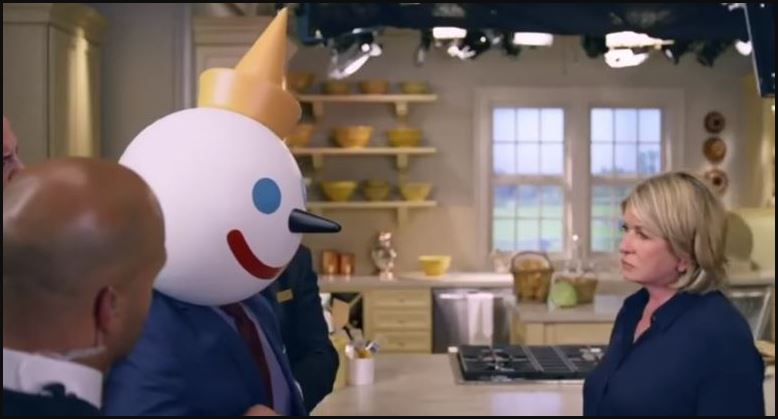
In a 2009 Super Bowl ad, Jack Box gets hit by a bus, and the audience doesn’t know if he will live or die (but he does).
He also beat up someone who said terrible things about the chain, fought with Martha Stewart over a sandwich, and got in trouble for saying that teriyaki bowls were like men’s private parts.
“It’s part of Jack’s personality to scare people. It’s kind of a Trump thing or a Branson thing. His creator, Dick Sittig, told AdWeek, “He’s a celebrity CEO who is bigger than life.”
It wasn’t always called Jack in the Box
Peterson didn’t start out with Jack in the Box. In fact, he first opened Topsy’s Drive-In in San Diego in 1941.
Once he had a few Topsy’s restaurants up and running, he changed the name to Oscar’s, which was his middle name.
Oscar’s got a circus theme with a starry-eyed clown, which led to Peterson changing the first restaurant Jack in the Box in 1951 and putting a huge jack-in-the-box toy on the roof.

Even though the name Jack in the Box worked well initially, it was still changed. In the late 1970s, Jack in the Box sales went down, but in the early 1980s, they began to rise again.
But Ralston Purina took its good luck too far when it changed the name of the whole chain to Monterey Jack’s.
They realized their mistake less than a year later and returned all the stores to Jack in the Box. In classic Jack in the Box style, the company made fun of itself and its lousy choice in a TV commercial.
Major tragedy struck in 1993
If things had gone differently, the story of Jack in the Box might have ended in 1993, when a tragic E. coli outbreak caused by tainted burgers at 73 of the restaurant’s locations killed four people, including two children, and nearly put the chain out of business. Several hundred people moved from one state to another.
The president of Jack in the Box at the time, Robert Nugent, said, “In the last 10 years, we’ve sold 400 million pounds of hamburger without any problems.” “Then it hits you like a brick. It’s the worst thing you could ever imagine.”
According to the US Agricultural Department and local health officials, the problem could have been avoided if the hamburgers had been cooked to an internal temperature of 155 degrees Fahrenheit.
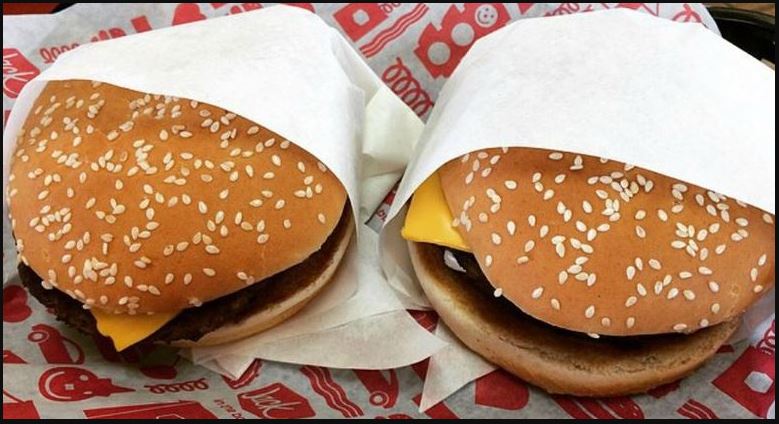
At the time, government standards said the temperature should be 140 degrees, but Washington State’s standards were 155 degrees.
Brian Luscom, a Jack in the Box spokesman, told San Diego Magazine, “It was the worst thing to ever happen to the company.” “Young children died, and the safety of the Jack in the Box was questioned.”
In response, the diner started a food safety program called HACCP, which stands for “Hazard Analysis and Critical Control Points.” The USDA says that HACCP is the best way to ensure fast food is safe.
It has never quite penetrated the East Coast market
Jack in the Box is a franchise mainly found west of the Mississippi River. It has more than 2,200 stores in 21 states and Guam. The company has tried several times to grow in the eastern United States but hasn’t been able to.
In the late 1970s, Jack in the Box had 1,000 restaurants, some in the East and Midwest of the United States.
However, sales problems caused the company to close about 200 restaurants in the East and Midwest. As a result, the chain now primarily focuses on the southern and western parts of the U.S.
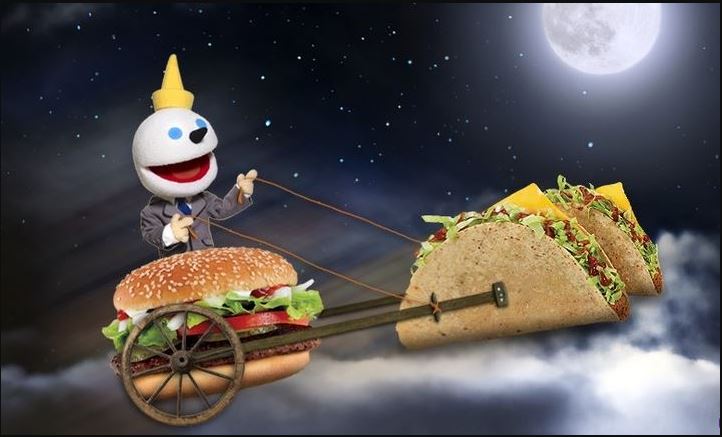
In the early 1990s, Jack in the Box wanted to expand again, but an E. coli incident put those plans on hold. This left the eastern United States out of the picture again.
In 1999, Foodmaker sold off all of its other businesses and changed its name to Jack in the Box Inc. Then, in the early 2000s, the company expanded into the southeast of the United States.
These Jack in the Box stores had a more modern look than the ones that came before. But in the middle of the 2000s, the chain stopped expanding into the southeast and focused more on its usual areas.
It was the first to use a two-way intercom at its drive-through
Since there were so many cars on the roads in California after World War II, Jack in the Box was made to be a drive-through restaurant from the start.
But Peterson put in a two-way sound system so that the customer and the restaurant worker could talk to each other.
This made it easier for the customer to place an order and sped up the time to make the food. (It’s no surprise that Jack in the Box put a clown face on its intercom for customers, which made buying fun.)
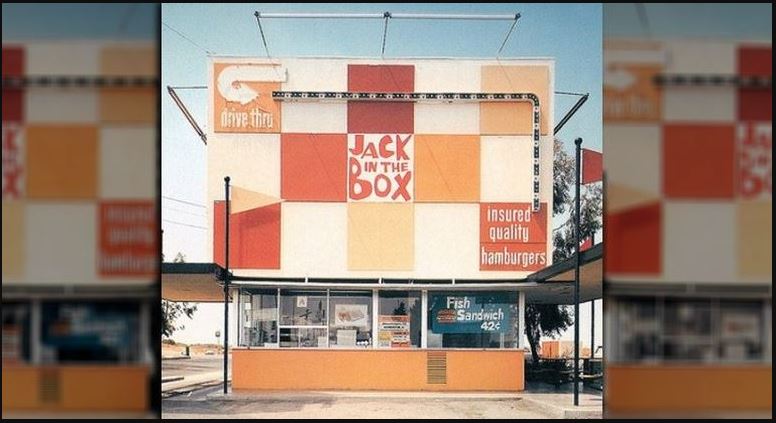
Today, these two-way intercoms are prevalent in fast food drive-through lanes, but Jack in the Box’s system was the first in the industry to be paired with a drive-through.
Before the two-way speaker, drivers had to pull up to the window to order, which slowed down the process.
Jack in the Box thinks that 85 percent of its 500 million people yearly don’t eat inside the restaurant. Instead, most of them use the drive-through system.
Jack in the Box is so proud of the drive-through service that it is sometimes credited for making July 24 National Drive-Thru Day. (Now you know when to give a card to your favorite worker at a drive-through.)
Its Munchie Meals are aimed at exactly who you think
Some of the most calorie-dense items at Jack in the Box are made for people who are hungry for no good reason.
Jack’s Munchie Meals are big meals that should keep people from getting hungry. The Munchie Meals have between 1,720 and 2,010 calories.
They come with a burger, tacos, fries (both plain and seasoned), and a drink. (The FDA says most people need between 2,000 and 2,500 calories a day.)
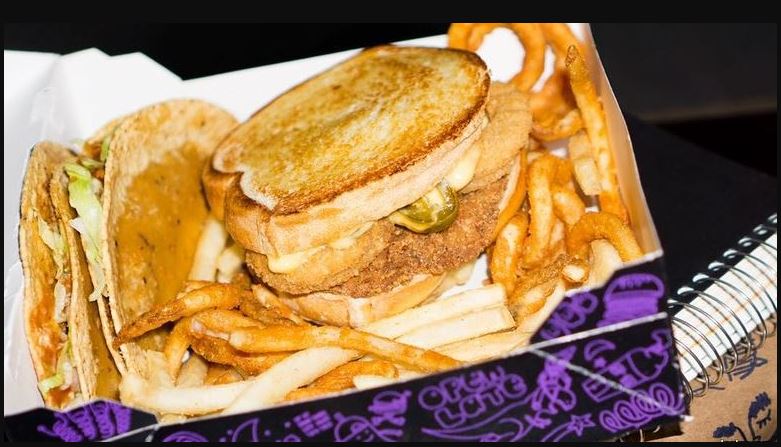
And if you’re asking, yes, the restaurant is making these meals specifically for people who use marijuana for fun and get hungry.
When you think about how many Jack in the Box stores are on the West Coast, where recreational marijuana use is legal, it makes sense that the chain would try to serve people legally using cannabis.
Jack in the Box antenna toppers are everywhere
There’s a reason why you feel like Jack is watching your every move. Many drivers have Jack antenna balls on their cars in places where Jack in the Box is famous. After a while, it can be a little creepy to see so many little Jack heads.
Since 1995, the diner says it has given more than 32 million Jack Box antenna balls to its customers.
When they were first given away for free with a burger promotion, these antenna balls only had an effortless Jack head.
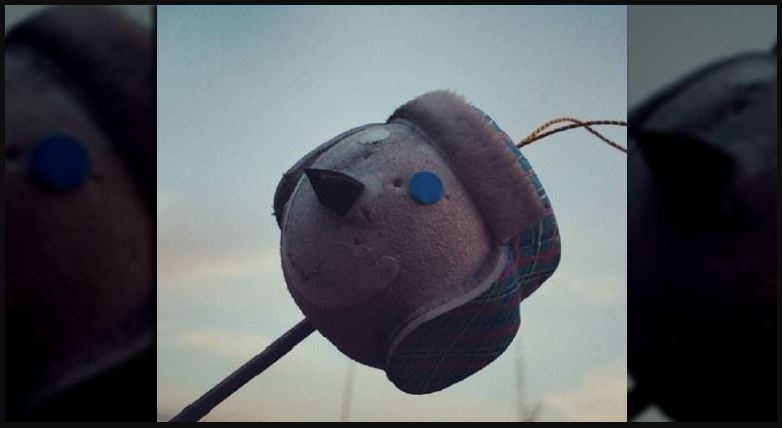
Over the years, though they’ve become quite collectible over the years because the restaurant made unique copies for specific events or sales.
Over the years, the Jack Box mascot has been on many other promotional and collectible things over the years, like a Pez dispenser from 1999. There are also flexible figures that are 4 inches tall and bobbleheads.
It created the world’s largest coupon
In 2015, one of the restaurant’s most significant events got much attention. According to Guinness World Records, the restaurant made the world’s largest coupon.
The huge coupon was taller than 80 feet and wider than 25 feet. That’s about eight stories, shown when the restaurant hung it from a building so people could take pictures.
But it wasn’t enough to make a ticket that size. For the big coupon to count as a world record, it had to be physically cashed in.
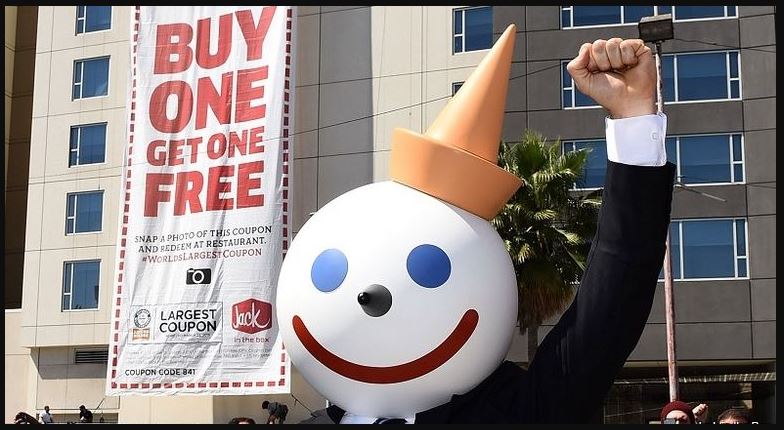
The Jack mascot and 12 others took the offer to a Los Angeles Jack in the Box. When it wouldn’t fit through the door, they went to the drive-through to redeem it and claim the world record.
The offer gave people a buy-one-get-one-free deal on the Buttery Jack Burger, which was new. Customers could get the deal by taking a picture of the big coupon on their phones.
It tried a JBX Grill concept in the mid-2000s that failed
People don’t usually think of fast food restaurants as places with excellent service, but Jack in the Box once tried to give its customers the idea of a fancy restaurant.
The plan, called JBX Grill, was to use a fast-casual dining model with more freshly made food options than Jack in the Box. JBX Grills was a different kind of diner than Jack in the Box. It did not have the same menu.
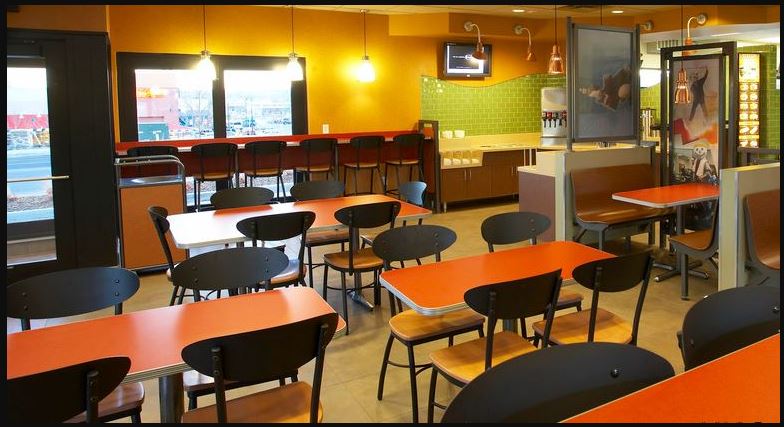
In 2004 and 2005, the JBX Grill businesses were tested in California and Idaho. Customers ordered at a bar, but the food was brought to their tables by a server.
The servers watched the dining room to help customers, which differs significantly from a fast food place.
Sadly, JBX Grill test restaurants were short-lived, and the company abandoned the concept in late 2005.
The founder had an interesting life
People know that Robert O. Peterson started Jack in the Box in 1951. When he sold the chain to Ralston-Purina in 1967, he had 300 restaurants. But what he did when he wasn’t working at the fast food place was even more interesting.
Peterson knew a lot of famous people over the course of his life. He and Ark Linkletter, Faye Emerson, and Gregory Peck, also students at San Diego State College, put on Friday parties to raise money for college costs.
He even married Maureen O’Connor, the first woman to be mayor of San Diego. (After Peterson died, she was accused of taking $2.1 million from his charity to pay for her gaming habit.)
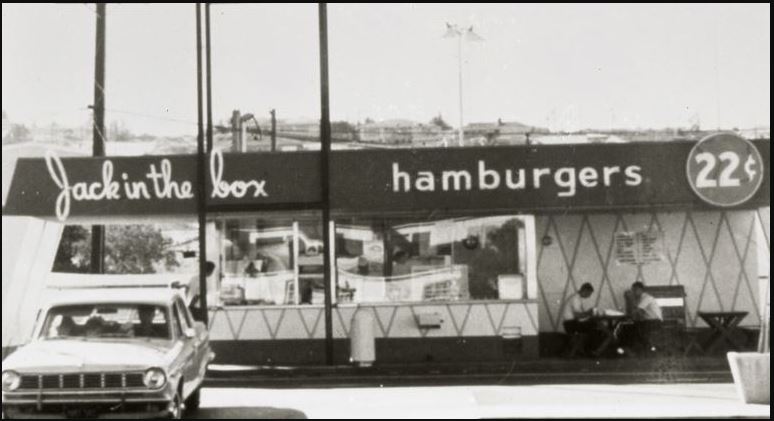
Paris gave him a Medal of Honor for his help with the arts. And because of what he did, UC San Diego named a lecture hall after him.
But the craziest thing about his life might have been that he was put on President Nixon’s “enemies list.” Peterson was a registered Republican but never hesitated to vote for Democratic candidates when he thought they deserved it. This got him on the famous list.
The menu options don’t skimp on calories
Chances are, you’re not concerned about calorie-counting if you choose to dine at Jack in the Box. Fast food is known for having a lot of calories.
But if you are watching your calorie intake, you might want to avoid these Jack in the Box menu items with more than 900 calories, or at least choose a salad the next time you go.
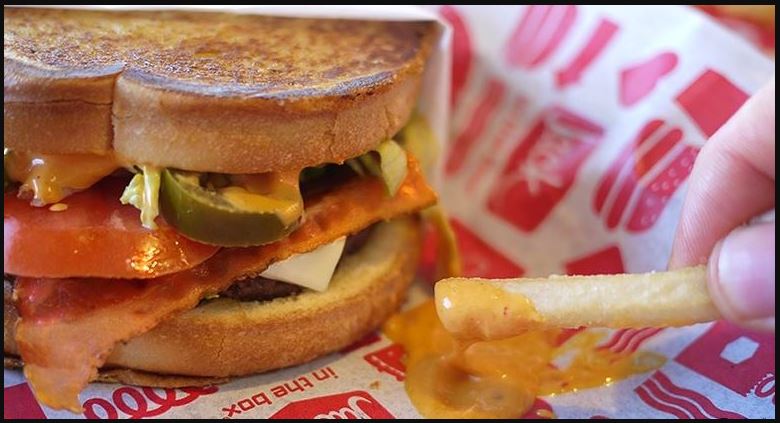
- Large shakes with whipped topping: 1,090-1,150 calories
- Grand sausage breakfast burrito: 1,040 calories
- 950 calories for 20 chicken nuggets.
- Bacon Ultimate cheeseburger: 930 calories
Even something called “H’angry Chicken Hash” is available at the company. Don’t let the chicken fool you into thinking this is a better option.
Of the 850 calories in this meal, 580 come from fat. (The chicken’s “tasty white cheese sauce” is what gets you.)
At least Jack in the Box has stopped selling its Bacon Sirloin Cheeseburger, which had a huge 1,030 calories.
The Untold Truth Of Jack In The Box Video
Conclusion
After looking into what people don’t know about Jack In The Box, it’s clear that this fast-food business has had its share of problems and new ideas over the years.
From its humble roots as a drive-through restaurant in San Diego to its current status as a nationwide chain, Jack In The Box has left its mark on American fast food.
Even if some people don’t like Jack In The Box’s advertising or food, there’s no denying that many people love its burgers, tacos, and fries. Whether you like the show or not, the truth about Jack in the Box is an exciting story.
FAQs – The Untold Truth Of Jack In The Box
In the United States, Jack in the Box is a group of fast food restaurants serving hamburgers, fries, tacos, and other food items.
Robert O. Peterson started Jack in the Box in 1951 in San Diego, California.
The Untold Truth of Jack in the Box is a book about little-known facts and stories about the fast-food chain, like its controversial advertising campaigns, where its famous tacos came from, and its rough past.
Yes, Jack in the Box is a popular fast food chain with more than 2,200 locations in 21 states.
Some of Jack in the Box’s advertising efforts have been criticized, including one with a made-up CEO who was said to be sexist and promote unhealthy food.
In the 1960s, tacos were added to the Jack in the Box menu to please people who liked Mexican food. Since then, the recipe for the tacos hasn’t changed much.
In 1993, a large outbreak of E. coli at Jack in the Box made more than 700 people sick and killed four. Since then, the business has made food safety rules that are stricter.
Jack in the Box’s food is often considered unhealthy due to its high calorie, fat, and sodium content. But the chain has some better options for people watching what they eat.